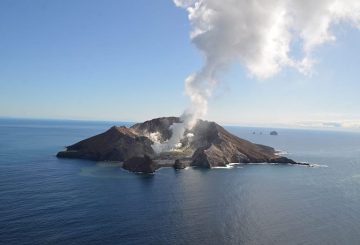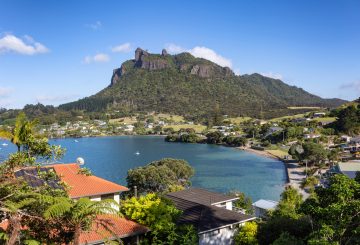超级城市奥克兰预计将于 12 月 15 日向新西兰人开放,但是前往奥克兰的游客将需要接种疫苗或接种 Covid-19 测试。
总理表示,计划在整个新西兰转用 Covid-10 保护框架的确认仍有待内阁确认。预计奥克兰将与疫苗接种人数较少的地区一起成为 “红色”,该国的余额将是 “橙色”。
阿登说,此举将允许奥克兰人在 2021 年 12 月 15 日至 2022 年 1 月 17 日之间出于任何原因离开这座城市,但是他们必须在出发前 72 小时内通过疫苗或阴性测试。这些条件不适用于 12 岁以下的儿童。
警方将执行规则和管理边境,那些被发现违反规定的人将被罚款 1,000 美元。
阿登说:“尽管我们现在拥有独特的优势,那就是进入下一阶段的 Covid-19 管理阶段,拥有高度接种疫苗的人群,并制定了计划。”
“为了确保新西兰其他地区的安全,奥克兰人在很长一段时间内都面临限制。但是现在是时候改变它的工作方式了,让所有新西兰人在夏天尽可能安全地彼此重新连接。”
从奥克兰机场出发的旅客将在办理登机手续时办理登机手续,新西兰航空公司的疫苗证书或检测要求也将在 12 月 15 日之前开始。岛际渡轮还需要疫苗接种证明或出发前检查。
“新西兰航空公司的疫苗接种或检测要求,加上岛民间运营相同制度的能力,将意味着南岛的所有入境点都将得到很好的覆盖,并进行检查以试图减缓任何潜在的传播。
萨迪·阿登说,国际边界的下一阶段是公布人们可以安全地申请自我隔离的日期。





























































